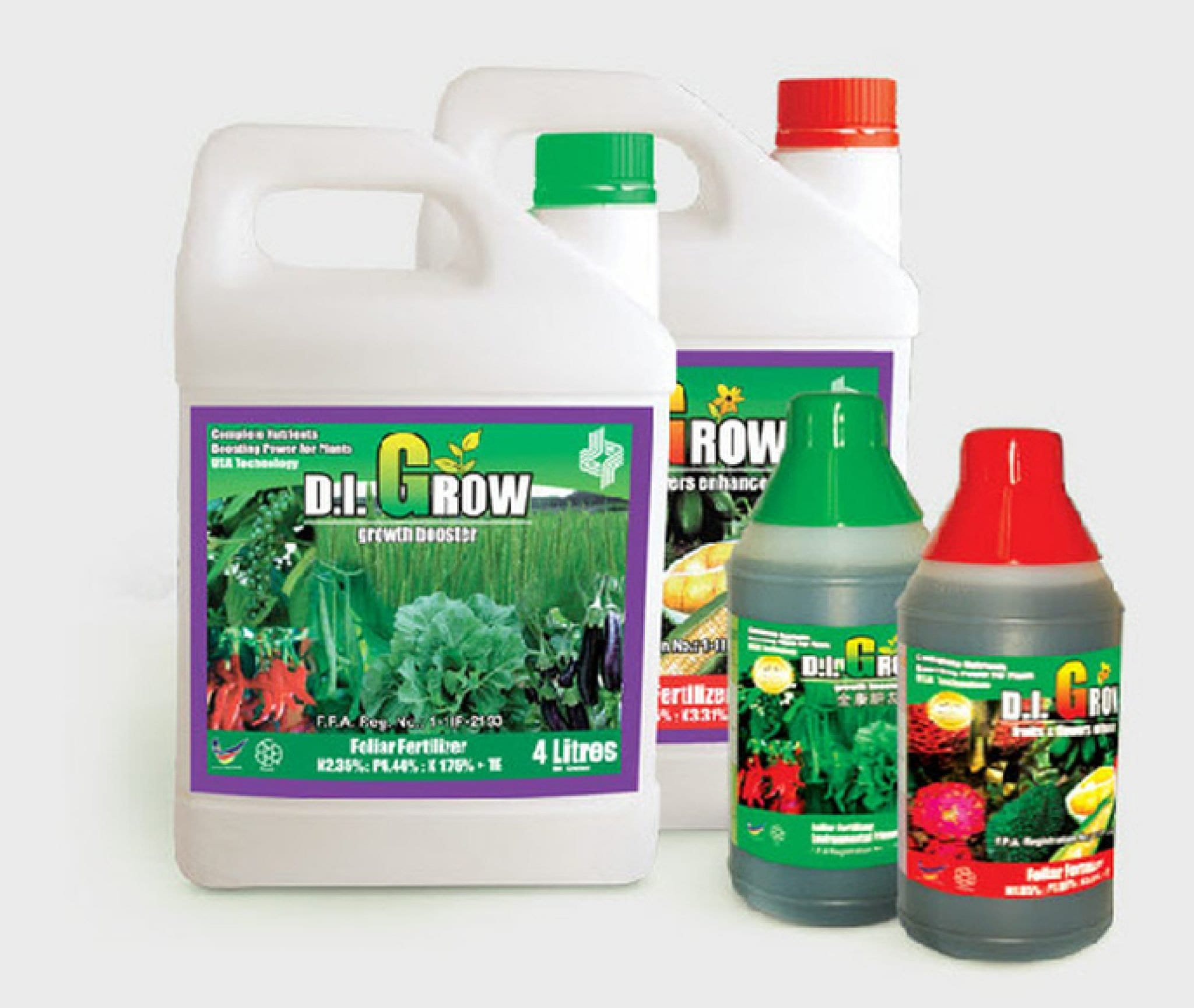Using liquid fertilizers is an excellent way to provide essential nutrients to pepper plants for optimal growth and fruit production. Liquid fertilizers dissolve completely in water allowing for quick absorption directly into the roots. Here’s what you need to know about choosing and using liquid plant foods for your chili peppers.
Why Use Liquid Fertilizers for Peppers
Liquid fertilizers offer several advantages over granular or slow-release options:
-
Rapid uptake: Nutrients are immediately available for the plant to use once absorbed by the roots.
-
Complete dissolution: No leftover fertilizer salts or buildup since liquids dissolve fully in water.
-
Foliar feeding Some liquid fertilizers can be sprayed directly on leaves for absorption
-
Controlled concentration It’s easy to mix liquids to your desired strength
-
Application flexibility: Liquids can be applied through irrigation systems.
-
Fast correction: Quickly address nutrient deficiencies revealed by soil tests or visual symptoms.
For these reasons, liquid fertilizers are a popular choice for container gardening and maximizing fruit yields.
Best Liquid Fertilizer Options for Pepper Plants
You have several good options when choosing a liquid plant food for your peppers:
-
Fish emulsion – This organic fertilizer provides nitrogen and micronutrients. The fishy smell fades quickly.
-
Seaweed extract – Boosts plant immunity and contains minerals like potassium and magnesium.
-
Compost tea – Made by steeping compost, it contains small amounts of nitrogen, phosphorus and micronutrients.
-
Worm castings tea – Similar to compost tea, it provides beneficial microbes and trace elements.
-
Miracle-Gro – Offers synthetic fertilizers tailored for vegetables, tomatoes, and blooming plants.
-
Foliar feeds – Sprayed on leaves, these provide a quick nutrient boost. Some pepper growers use Epsom salts diluted in water as a foliar spray.
Refer to the NPK values when selecting a liquid fertilizer to ensure it contains enough of the key nutrients – nitrogen, phosphorus and potassium – your peppers need.
How to Mix and Apply Liquid Fertilizer
Follow these steps when using liquid fertilizers for your chili pepper plants:
-
Read instructions – Follow label directions for mixing ratios and application rates. Using too much can burn plants.
-
Use clean water – Fill spray bottle or watering can with cool, non-chlorinated water. Let chlorinated water sit out overnight to dissipate chlorine.
-
Measure carefully – Use measuring spoons or cups to add the exact amount of fertilizer needed for the recommended dilution.
-
Mix thoroughly – Shake or stir the mixture vigorously until the fertilizer fully dissolves into the water.
-
Apply to root zone – Water plants at soil level allowing the fertilizer solution to soak into the ground. Avoid getting it on leaves.
-
Rinse leaves – If any fertilizer gets on foliage, rinse it off immediately to prevent leaf burn.
-
Foliar feed – For liquid fertilizers labeled for foliage application, evenly mist plant leaves until coated with the dilution. Avoid doing this in direct sun.
-
Repeat regularly – Apply liquid fertilizer around every 1-2 weeks according to label directions to maintain optimal nutrient levels.
Sample Liquid Fertilizer Recipe for Pepper Plants
Here is an easy DIY liquid fertilizer recipe you can make at home for your pepper plants:
Ingredients:
- 3 gallons water
- 1.5 tablespoons Epsom salt
- 3 tablespoons Miracle-Gro Tomato Plant Food
Instructions:
-
Add the Epsom salt and Miracle-Gro to a 3-gallon container.
-
Fill the container with water and stir thoroughly until fully dissolved.
-
Water plants at the soil level with 1 quart of diluted fertilizer solution per plant.
-
Apply every 2 weeks throughout the growing season.
The Epsom salt provides magnesium for healthy foliage, while the Miracle-Gro offers key nutrients like nitrogen, phosphorus and potassium. This frugal recipe makes enough foliar feed for several pepper plants.
Tips for Using Liquid Fertilizers Effectively
Follow these best practices when using liquid fertilizers for optimal results:
-
Test soil first to identify any nutrient deficiencies before applying fertilizer.
-
Alternate between liquid feeds and slow-release granular fertilizer for a steady nutrient supply.
-
Apply every 1-2 weeks throughout the growing season to sustain optimal nutrient levels.
-
Reduce frequency during fruiting stage to avoid excessive nitrogen.
-
Stop fertilizing entirely a few weeks before final harvest.
-
Always dilute concentrated fertilizers more than recommended to avoid burning plants.
-
Rinse leaves after application to prevent leaf scorch.
By providing a periodic nutrient boost directly to the roots, liquid fertilizers are a simple way to fuel vigorous pepper plant growth and maximum pepper yields in your garden.
How To Fertilize Peppers (Complete Guide) – Pepper Geek
FAQ
What is the best fertilizer for peppers?
What is the best fertilizer for black pepper plants?

